As a feature in the Journal our Director Clymene has spoken to David Whetstone about our journey throughout 2018 to D6 from Isis Arts, and our exciting new programme to come, which was launched on the 18th December with an event celebrating International Migrants Day.
“Clymene, who came to Newcastle to study art history at the polytechnic (now Northumbria University), says: “Right from the early days we set up our practise to be international. From the North East we look out to sea so it seemed natural. Our idea was to bring international contemporary artists to the region and to send our artists overseas- and for them to work in local neighbourhoods. We strongly believe in the social value of the arts and that they shouldn’t be something only for those who can afford them. The arts have a great value in our lives. Through the arts you can build trust and support people to be generous with each other.”
Please click here to read to full article.

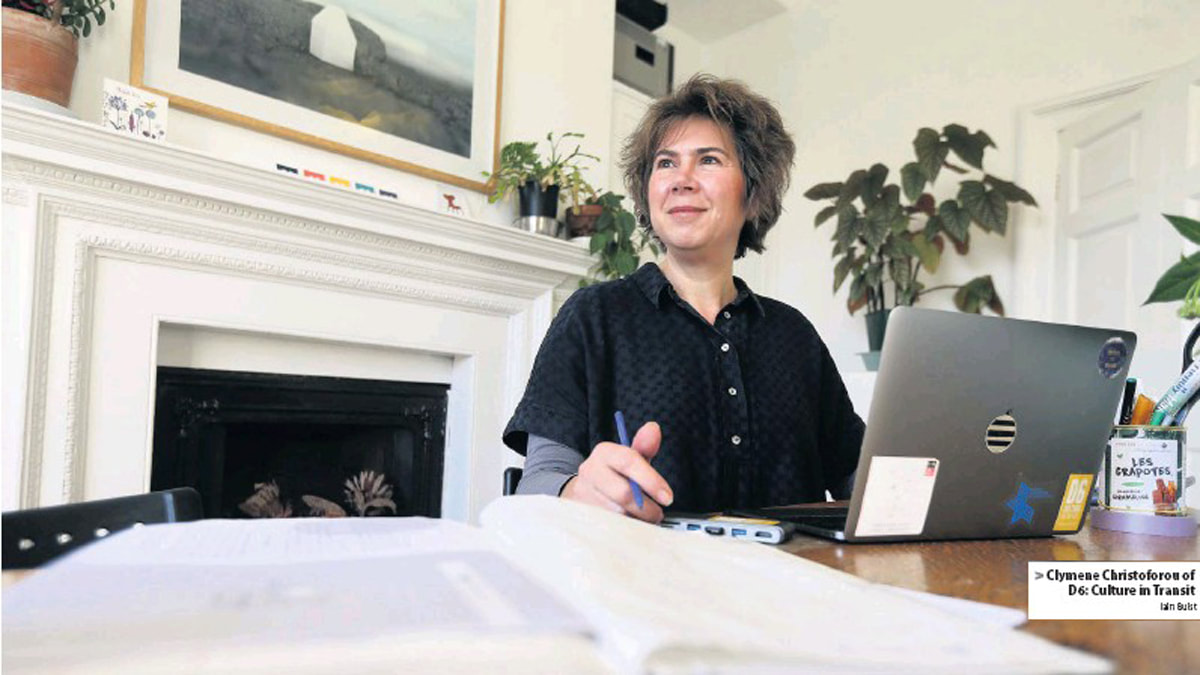
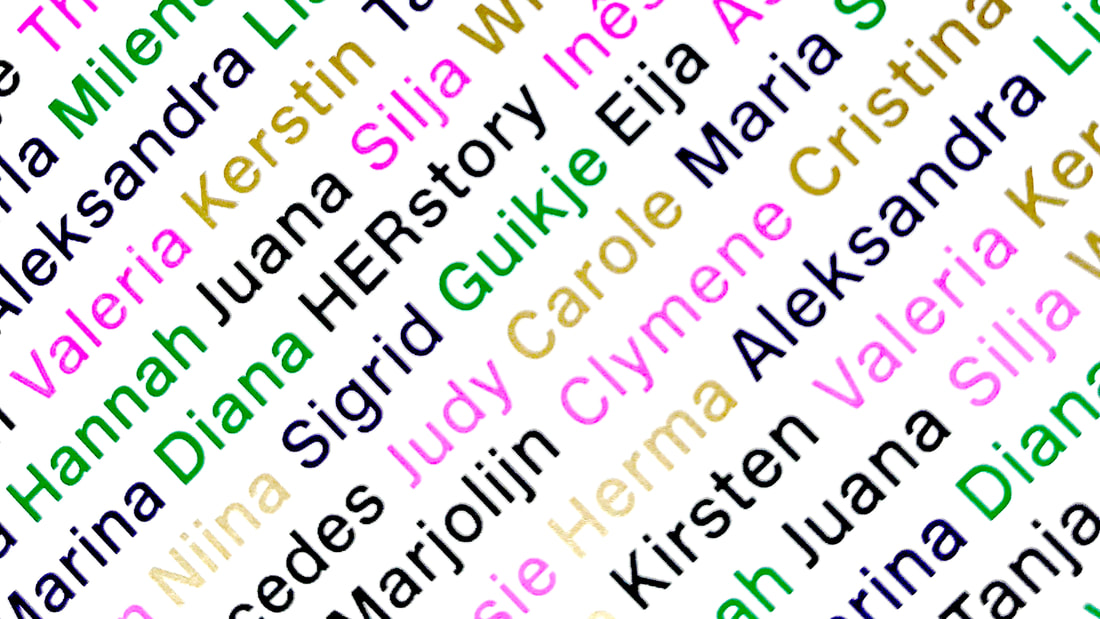
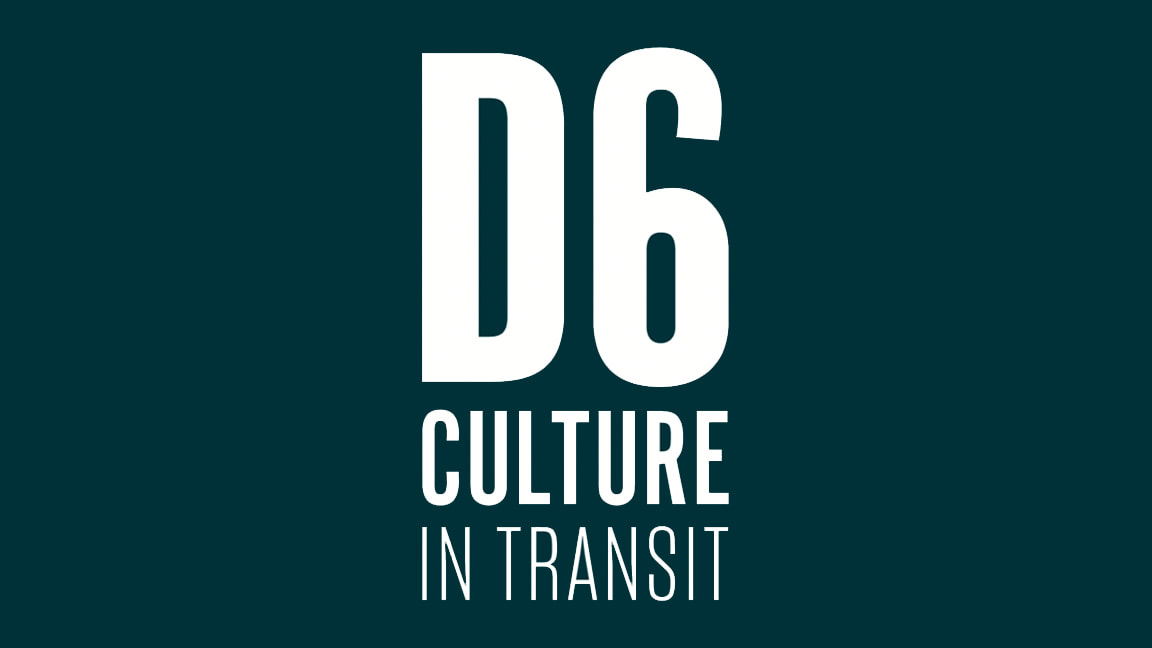
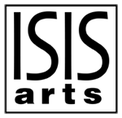
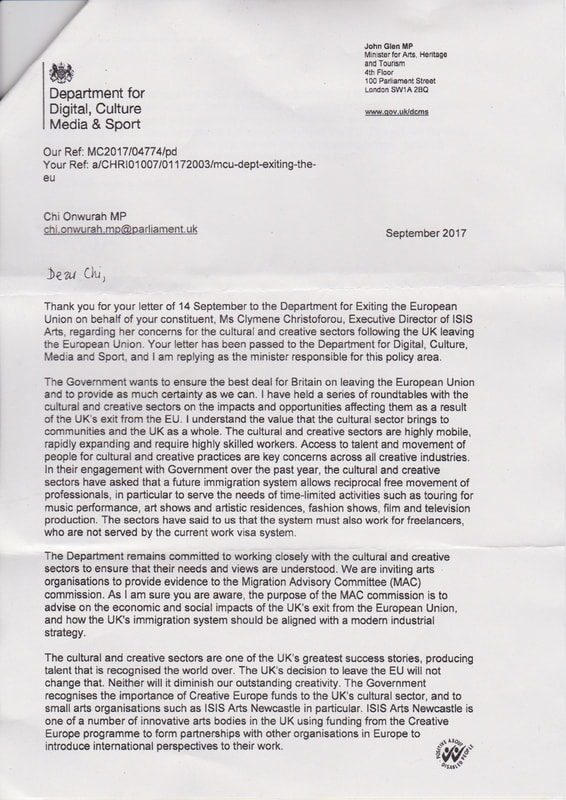
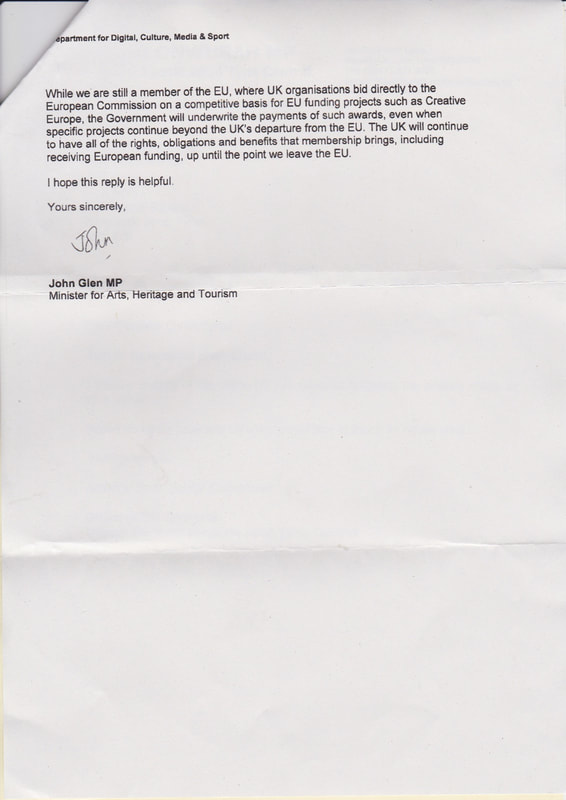
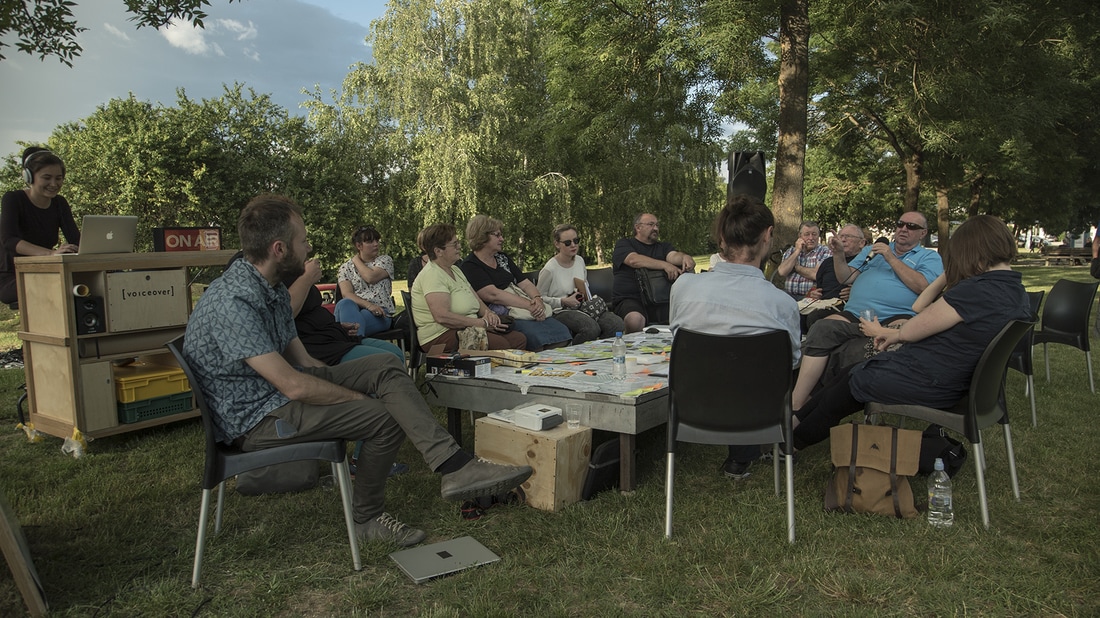
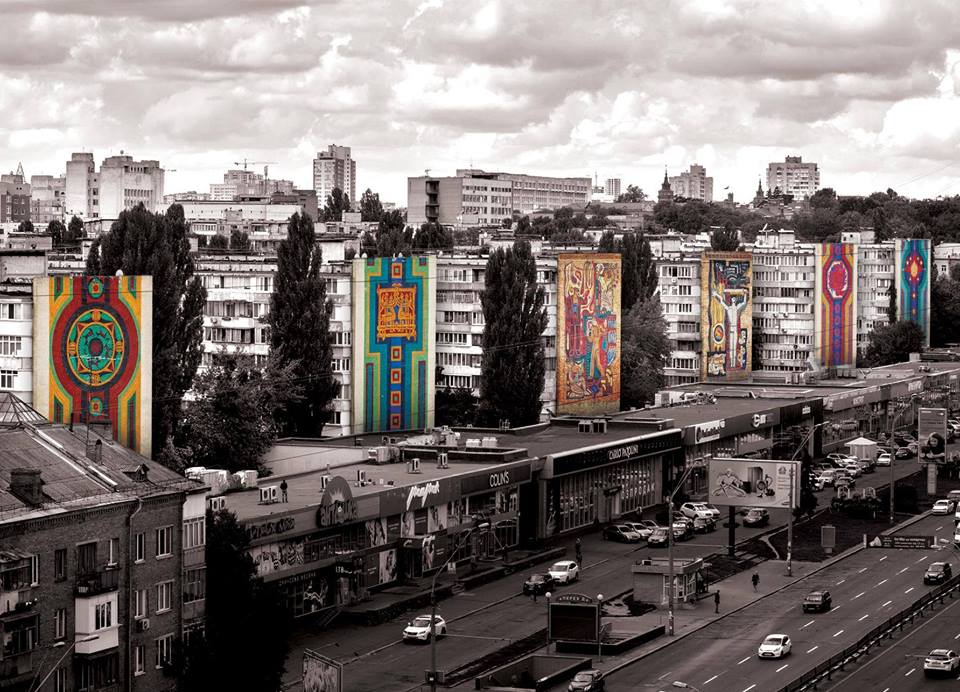
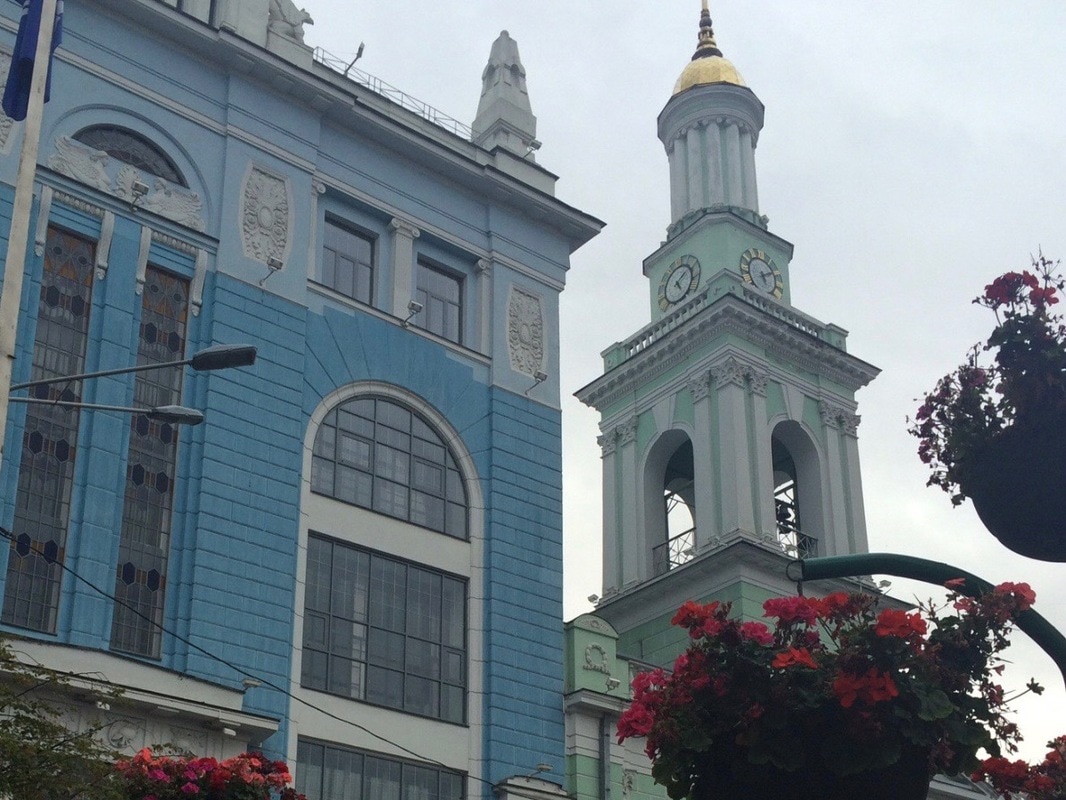
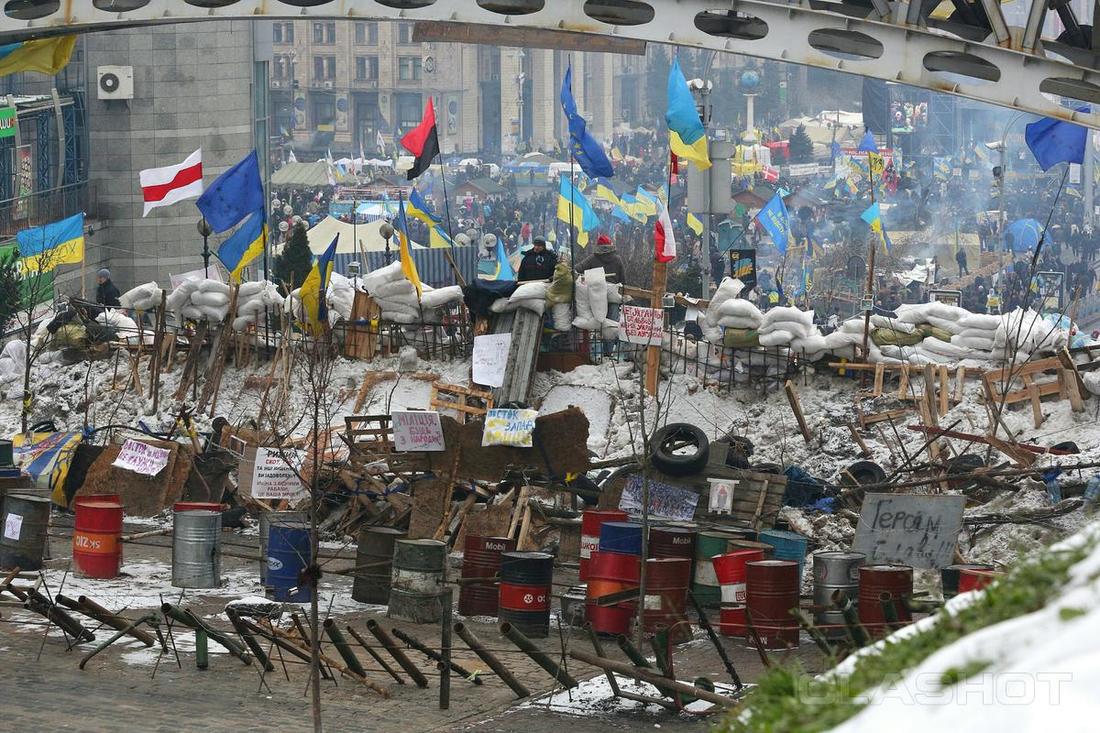
 RSS Feed
RSS Feed